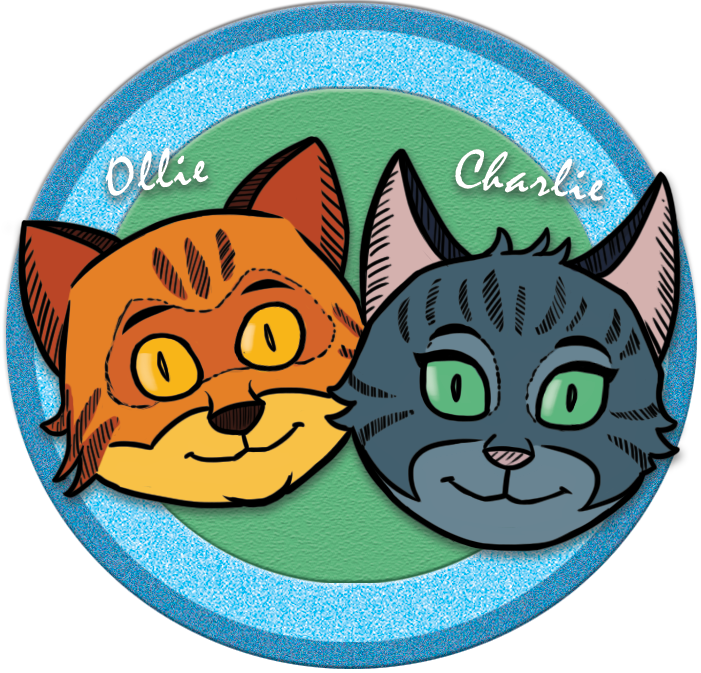Trombone
History
The trombone is a brass instrument closely related to the trumpet. Like the trumpet, also evolved from the buisine. The trombone as we know it, appeared in the mid-15th century, and was originally known as the ‘sackbut’, derived from the French words ‘saquer’ and ‘bouter’ meaning ‘pull’ and ‘draw’. It was the first instrument to have a moving slide. The name ‘trombone’ comes from the Italian word ‘tromba’ meaning ‘large trumpet’.
Facts & Features
The modern trombone is distinguished by its U-shaped outer slide that is movable and connects to the parallel cylinders of the inner slide.
The trombone was only introduced into the orchestra in the 18th century; before that it was primarily heard in church music and small ensembles.
Several new playing techniques were introduced for the trombone in the 20th century. These techniques were vibrato, glissando, triple and flutter tonguing.
Modern techniques make the trombone incredibly flexible and the instrument is increasingly used for solo work and in jazz music.
There are several different types of trombones with different pitches such as the alto, tenor, bass and contrabass trombones. The tenor trombone is the most frequently used model.
Famous Players
Arthur Pryor - (1870-1942)
Christian Lindberg - (1958-)
Monique Buzzarté - (1960-)
Ian Bousfield - (1964-)
Jörgen van Rijen - (1975-)
Music To Listen To
Beethoven – Symphony No. 5
Berio – Sequenza V
Globokar – Oblak Semen
Haydn – Divertimento in D
Stravinsky – L’histoire du soldat
Find Out
Who invented the one handed trombone?
Who is said to have remarked, “Don’t look at the trombones it only encourages them.”
